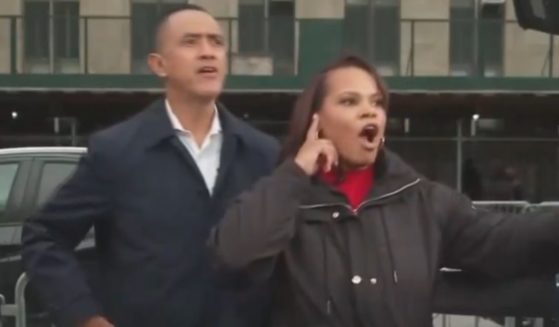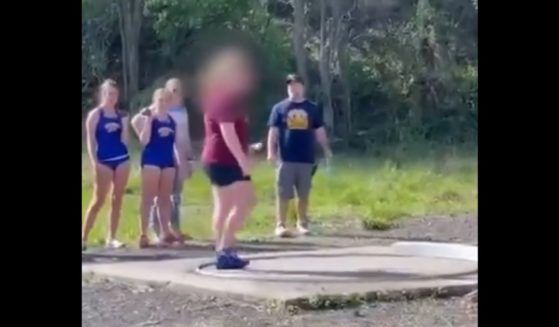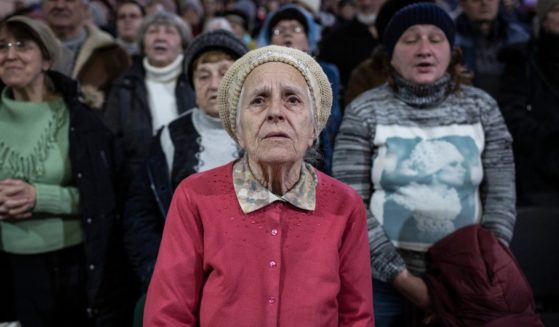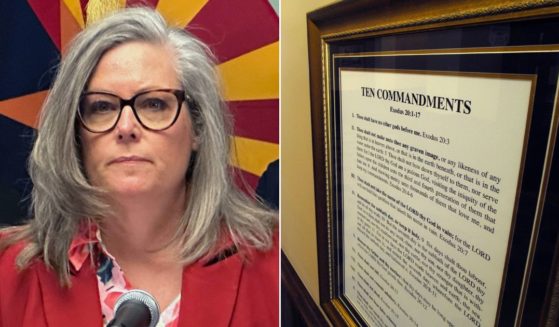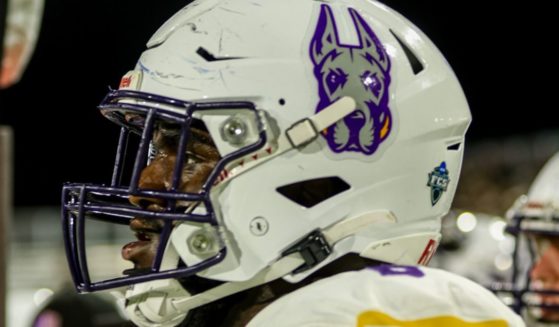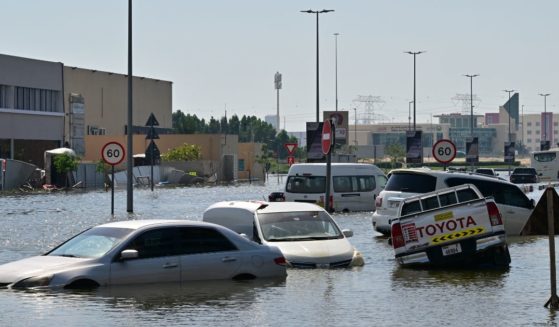Protest Chaos Covers for Organized Burglary Rings
Police in a small San Francisco Bay Area community were about to help authorities in neighboring Oakland keep the peace during a protest when a more pressing crisis hit home: Groups of thieves had pillaged malls, set fire to a Walmart and stormed a car dealership.
By the time San Leandro officers arrived at the Dodge dealership, dozens of cars were gone and thieves were peeling out of the lot in $100,000 Challenger Hellcat muscle cars.
Nearly 75 vehicles were stolen Sunday, including models driven through glass showroom doors to escape.
It’s one of the most brazen heists law enforcement has seen in a wave of thefts nationwide targeting big box electronics stores, jewelry shops and luxury designers while officers have been busy patrolling protests over the police killing of George Floyd.
“It was very strategic,” Sgt. Ray Kelly of the Alameda County Sheriff’s Office said about the auto thefts and other recent heists.
Many of the smash-and-grab thefts have coincided with or followed protests over the death of Floyd, who struggled to breathe as a police officer knelt on his neck for roughly nine minutes during an arrest.
They have been carried out by caravans of well-coordinated criminals who capitalize on chaos, communicate via messaging apps and use both the protests and other tactics to throw police off their trail. While opportunists have sometimes joined the frenzy, police and experts see a sophistication that suggests a level of planning that goes beyond spontaneous acts.
It’s hardly the first time that protest has been used as a cover for crime. But crime experts note the scale of the thefts, as they have taken place coast-to-coast, in big and small cities and in suburbs.
“I’ve been a student of these things. And I have never seen anything like it,” said Neil Sullivan, a nationally recognized expert on mass events security and retired Chicago Police Department commander.
People who stole during civil rights protests in the 1960s, he said, tended to commit crimes of opportunity as demonstrations spun out of control. By contrast, many of the break-ins that have happened in the last week appear to be meticulously planned and coordinated, he said.
One of the first of these crimes unfolded Saturday in Emeryville, a tiny city of retail shopping centers next to Oakland, when a crowd showed up and broke into stores after an Instagram post said they would “hit” the Target and “break every [store].”
“This wasn’t the mafia and organized crime, but this wasn’t individuals acting alone,” Mayor Christian Patz said. “There definitely was some organization.”
In New York, Gov. Andrew Cuomo said this week that some people stealing from stores were using encrypted messaging to communicate and posted lookouts to warn if police were coming.
In the Southern California city of Long Beach, groups of thieves hit store after store on Sunday as marchers demonstrated nearby. Mayor Robert Garcia said they went “from protest to protest” so they had cover to steal.
Police in Los Angeles, which had widespread burglaries for several days, said the crimes didn’t occur until a third night of protests and shifted from thieves on foot to those in cars able to haul more off.
The arrival of more than 1,000 National Guard troops in Los Angeles County to provide security freed up officers to more aggressively counter crimes. Sheriff Alex Villanueva said his department was able to thwart “a very significant operation to sack” a large outlet mall in the nearby city of Commerce. Dozens were arrested.
“They were there for only one purpose and that was to loot,” he said.
In the San Francisco Bay Area, tweets warning of looting and rioting turned out to be false, though they led some businesses to close and may have been attempts to divert police elsewhere. Richmond police tweeted that a bogus rumor on social media of an officer being shot occurred around the time a pot shop was ransacked.
RPD officers are currently controlling the scene at Hilltop Mall after vandals and looters breached the property. Misinformation was disseminated by an unknown source regarding a shooting and an officer down. That information is false. We aim to report accurate information.
— Richmond Police, CA (@RPDCAOnline) June 2, 2020
Groups of thieves struck a series of big box stores on Chicago’s South Side on Sunday while periodically calling 911 to falsely report that a mall several miles away was being ransacked, Alderman Ray Lopez said.
By the time police rushed to the mall to find no one there, the thieves had moved on to another large store — and phoned in additional false reports to again shake police off their trail.
“It was a game of whack-a-mole,” Lopez said.
In other instances, caravans of 10 or more cars would pull up to a store, smash the windows, then wait nearby to see if police would arrive. If they didn’t, some of the same cars would return to load up with goods and speed off.
Officers’ reluctance to use force amid intensified scrutiny of police tactics has emboldened would-be thieves, said Eugene O’Donnell, a professor of police studies at New York’s John Jay College of Criminal Justice.
“All you have to tell police is to do nothing and they will do nothing,” he said. “And they are implicitly being told, ‘Don’t do anything.’”
Some shoplifters displayed surprising brazenness, walking out of stores with stolen goods. TV helicopters captured some people changing into their pilfered attire outside Long Beach shops and a thief struggling to close the trunk of a car stuffed with clothes at a Walnut Creek mall near Oakland.
Sgt. Kelly, from the Alameda Sheriff’s Office, said the county began to get a handle on things after imposing evening curfews on Monday. He noted there was a clear distinction between protesters who got out of hand while demonstrating and other people who seized on the uprising to steal.
“Some of the burning was done out of anger and that was understandable,” he said. “But the strategic looting was definitely for personal gain. It was not to push forward the community concerns around police brutality and reform.”
The Western Journal has reviewed this Associated Press story and may have altered it prior to publication to ensure that it meets our editorial standards.
Truth and Accuracy
We are committed to truth and accuracy in all of our journalism. Read our editorial standards.

